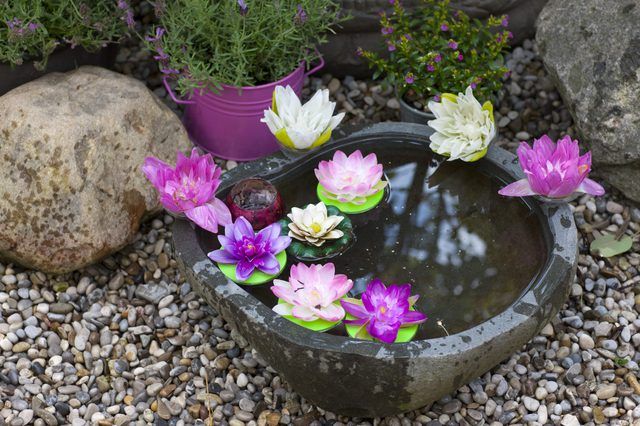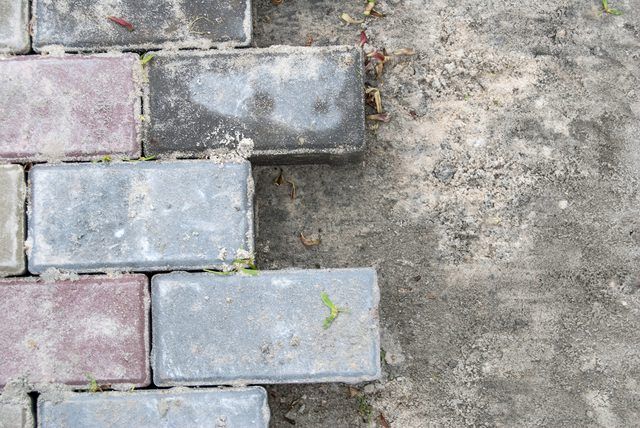Bulbs
Flower Basics
Flower Beds & Specialty Gardens
Flower Garden
Garden Furniture
Garden Gnomes
Garden Seeds
Garden Sheds
Garden Statues
Garden Tools & Supplies
Gardening Basics
Green & Organic
Groundcovers & Vines
Growing Annuals
Growing Basil
Growing Beans
Growing Berries
Growing Blueberries
Growing Cactus
Growing Corn
Growing Cotton
Growing Edibles
Growing Flowers
Growing Garlic
Growing Grapes
Growing Grass
Growing Herbs
Growing Jasmine
Growing Mint
Growing Mushrooms
Orchids
Growing Peanuts
Growing Perennials
Growing Plants
Growing Rosemary
Growing Roses
Growing Strawberries
Growing Sunflowers
Growing Thyme
Growing Tomatoes
Growing Tulips
Growing Vegetables
Herb Basics
Herb Garden
Indoor Growing
Landscaping Basics
Landscaping Patios
Landscaping Plants
Landscaping Shrubs
Landscaping Trees
Landscaping Walks & Pathways
Lawn Basics
Lawn Maintenance
Lawn Mowers
Lawn Ornaments
Lawn Planting
Lawn Tools
Outdoor Growing
Overall Landscape Planning
Pests, Weeds & Problems
Plant Basics
Rock Garden
Rose Garden
Shrubs
Soil
Specialty Gardens
Trees
Vegetable Garden
Yard Maintenance
Ideas for Edging a Rock Garden
Landscape fabric and mulch, commercial lawn edging and bricks, pavers or stones provide edging for rock gardens.
A rock garden should blend naturally into the rest of the garden. When the garden doesn't border grass, landscape fabric and mulches provide a gradual transition into the area, but if the rock garden borders a lawn, grasses and weeds can invade if there isn't a protective barrier. Lawn grasses can spread through roots and sideways-growing shoots, called rhizomes. Over time, the grasses spread into most areas of the rock garden unless you install a barrier to stop them. Commercial plastic lawn edging and other materials, such as bricks, help keep grass out.
Landscape Fabric and Mulches
Landscape fabric around the edge of a rock garden prevents weeds from sprouting, and mulches keep landscape fabric in place. Mulches also provide an attractive finish and help visually blend the rock garden into the rest of the landscape.
Gravel, crushed rock, pebbles and stone chips are some inorganic mulches you can spread over landscape fabric around a rock garden, or you could use organic mulches, such as pine bark or wood chips, but these decay and you'll need to add more each season.
The best width for the edging depends on the space around the rock garden. In a large garden, a width of 2 feet or wider offers a gentle transition into the rest of the garden, but in small yards, 1 foot may be all the space that's available. A curved, asymmetrical edge gives a natural look.

Tip
If you've mulched the bare soil in the rock garden, use the same mulch as edging to provide a natural effect.
Things You'll Need
Spade
Builder's level
Landscape fabric
Mulch, such as gravel, crushed rock, stone chips, pine bark or wood chips
Step 1
Remove soil from around the edge of the rock garden with a spade to create a shallow trench. Make the trench 1 inch deep if you're using an inorganic mulch or 2 inches deep if you're using an organic mulch. Remove soil to the desired width of the edging.
Step 2
Check the base of the shallow trench is level with a builder's level, adding or removing soil as necessary.
Step 3
Spread landscape fabric over the base of the trench. Tuck the fabric under rocks to help conceal it and hold it in place.
Step 4
Spread gravel, crushed rock, stone chips, pine bark, wood chips or another mulch over the fabric.
Commercial Lawn Edging
Place commercial lawn edging next to a rock garden if that's all the space available, or next to a border of landscape fabric and mulch to create a more gradual transition. Commercial lawn edging is made of tough plastic and it's designed to prevent lawn grasses from growing out of the lawn area, above or below ground. Lawn edging comes with stakes to prevent frost from heaving it out of the soil in cold climates.

Things You'll Need
Spade
Lawn edging
Edging stakes
Timber spikes 8 to 10 inches long and 3/8 inch in diameter, so there is 1 stake or spike for every 3 to 4 feet of edging and 1 stake for each connection point
Mallet or hammer
Lawn edging connector tubes
Sharp knife
Step 1
Dig a narrow trench as deep as the edging, plus 1 inch, around the edge of the rock garden with a spade.
Tip
Avoid making sharp bends and turns, which look artificial and can encourage the edging to lift out of the ground during hard frosts.
Step 2
Place the lawn edging vertically in the trench so the rounded top of the edging is level with the soil surface.
Step 3
Hammer one stake or spike through the base of the edging at the bottom of the trench every 3 to 4 feet.
Step 4
Cut 2 to 3 inches of the rounded top from the edging on both sides with a sharp knife when connecting two pieces of edging.
Step 5
Slide a connector tube over one edge, and slide in the other ball edge, overlapping the flat edging pieces below.
Step 6
Hammer a stake or spike through the overlapped pieces of edging.
Brick Garden Edging
Bricks, pavers or stone blocks help prevent lawn grasses from growing into a rock garden, providing they're laid on a deep trench filled with crushed rock.

Things You'll Need
Spade
Builder's level
Landscape fabric
Crushed rock
Bricks, pavers or stone blocks
Rubber mallet
Step 1
Dig a trench at least 8 inches deep and twice as wide as the bricks, pavers or stone blocks with a spade.
Step 2
Check the base of the trench is level with a builder's level.
Step 3
Spread landscape fabric over the base and sides of the trench.
Step 4
Fill the trench with crushed stone to the depth of the trench minus the depth of the bricks, pavers or stone blocks. For example, if the trench is 8 inches deep and the bricks are 4 inches deep, fill the trench to a depth of 4 inches.
Step 5
Place the bricks, pavers or stone block on the crushed rock along the center of trench. Check they are level with a builder's level, and use a rubber mallet to hammer level any that are out of place.
Step 6
Fill in the gaps with dug out soil, or mulch if it was used on the rock garden side of the edging.